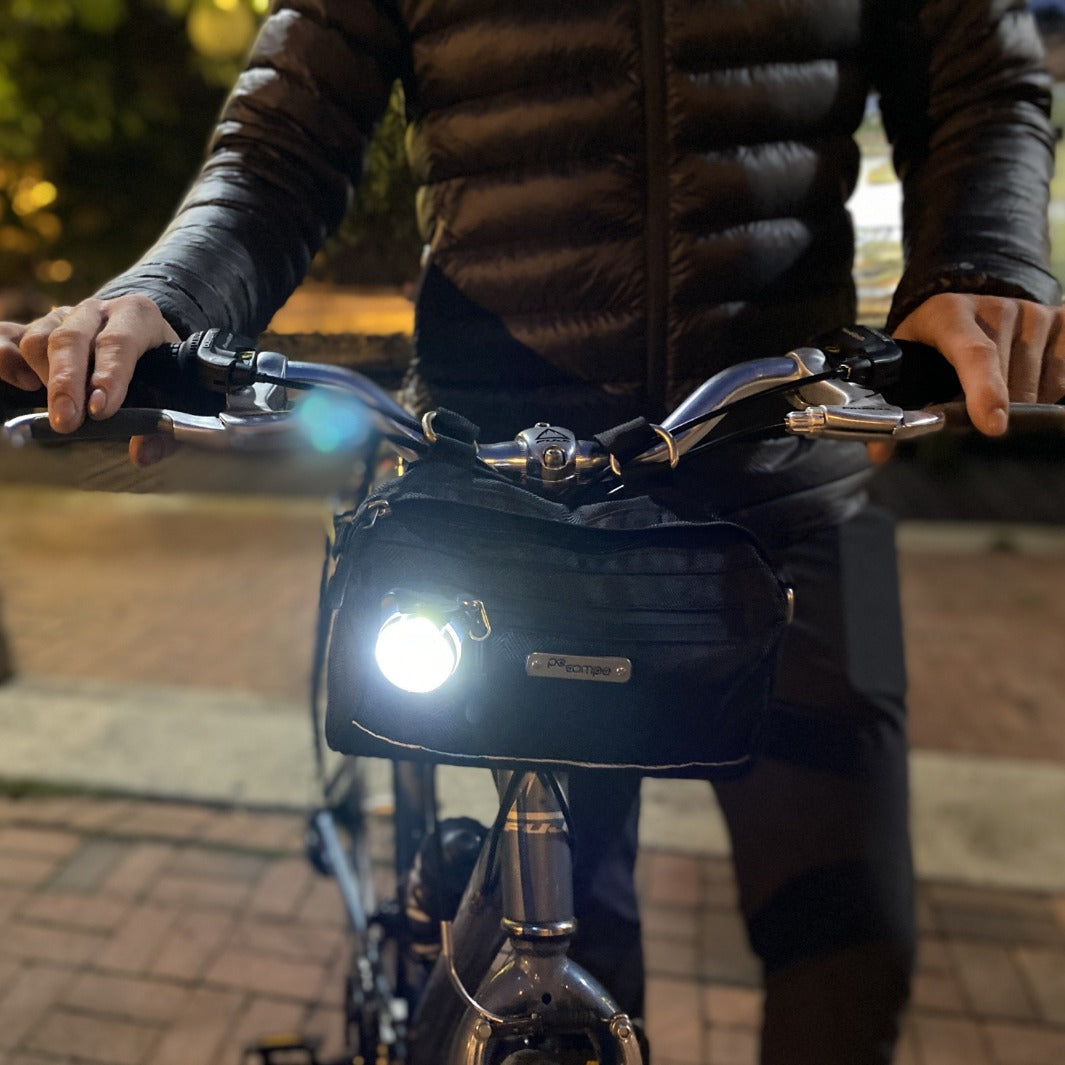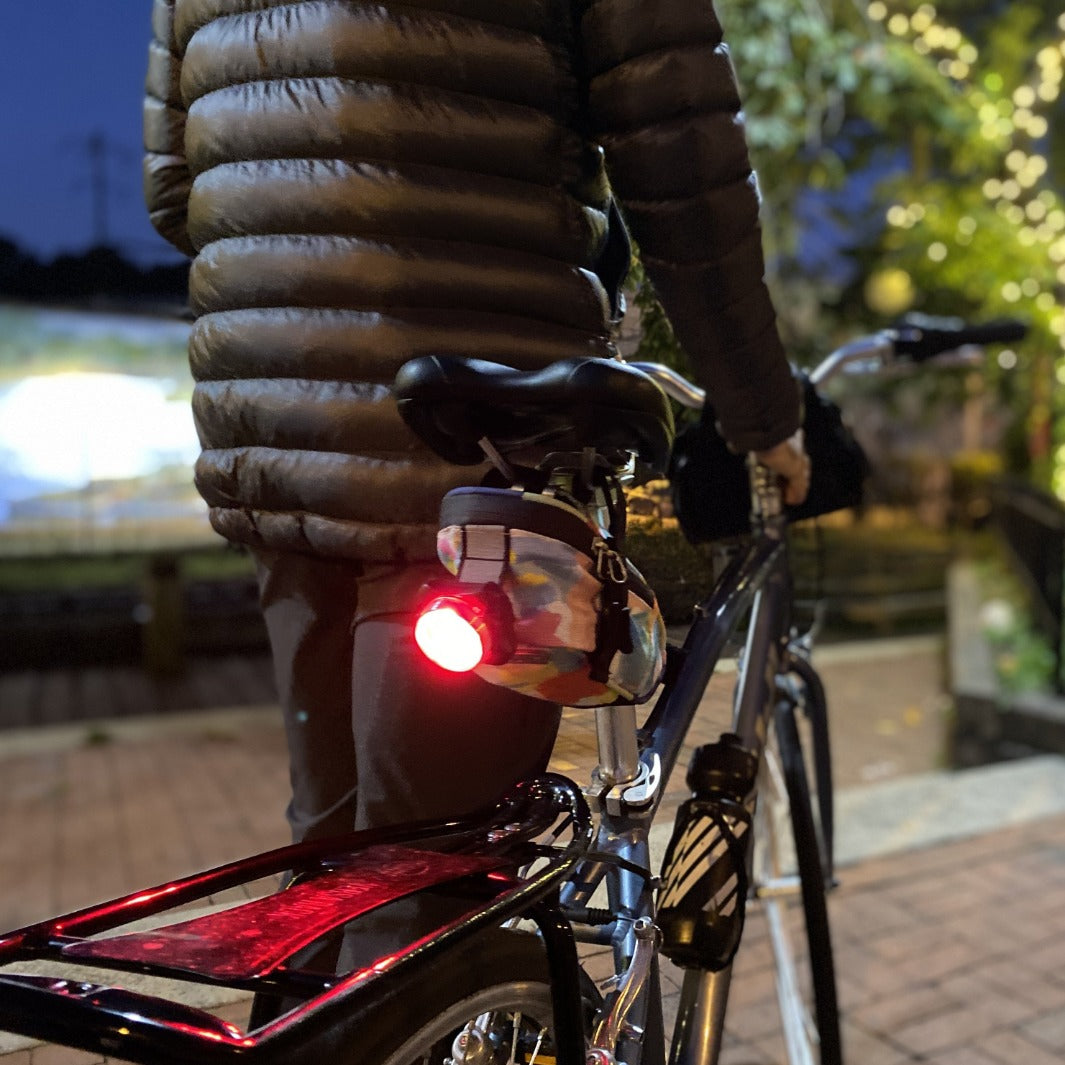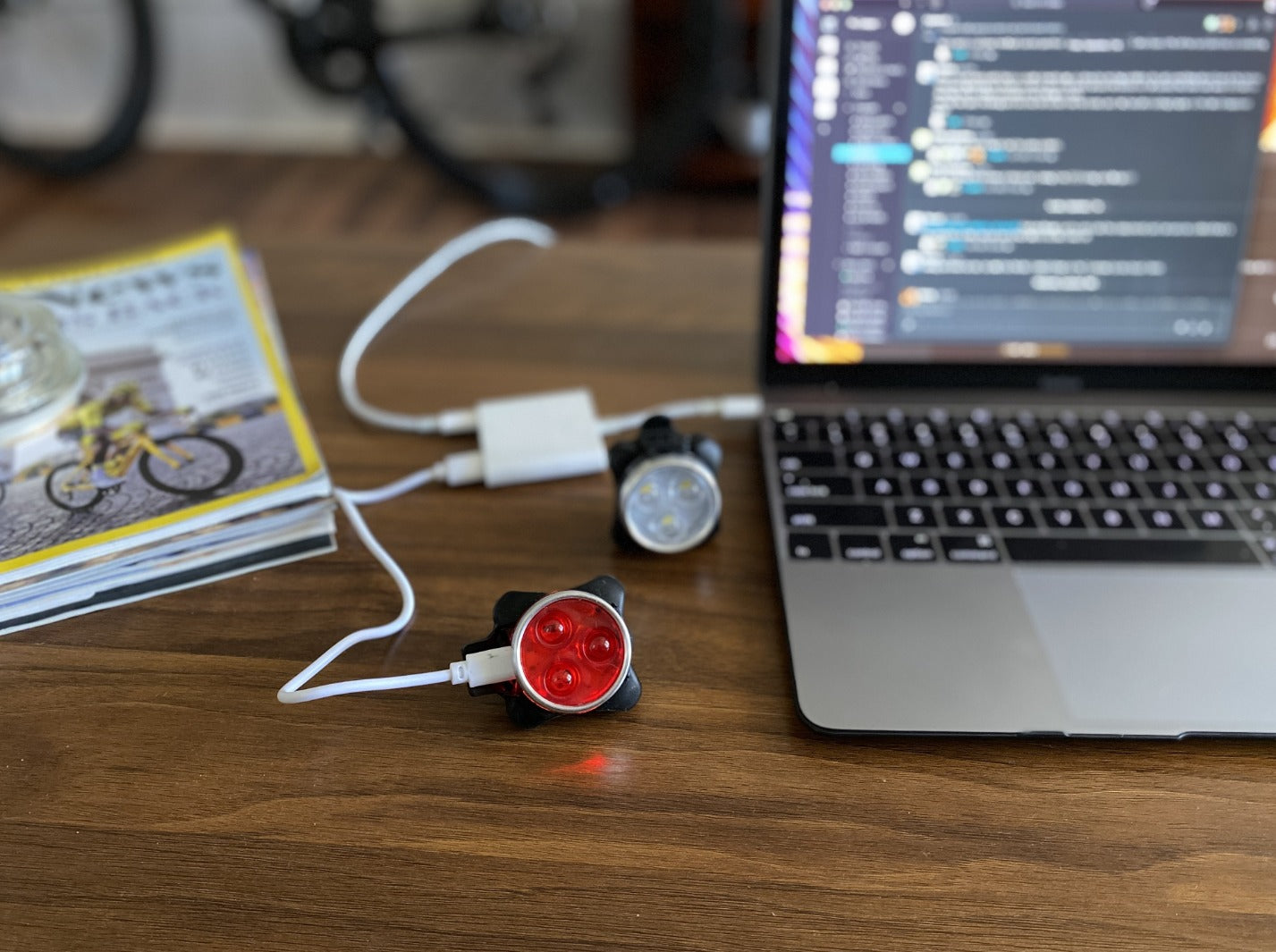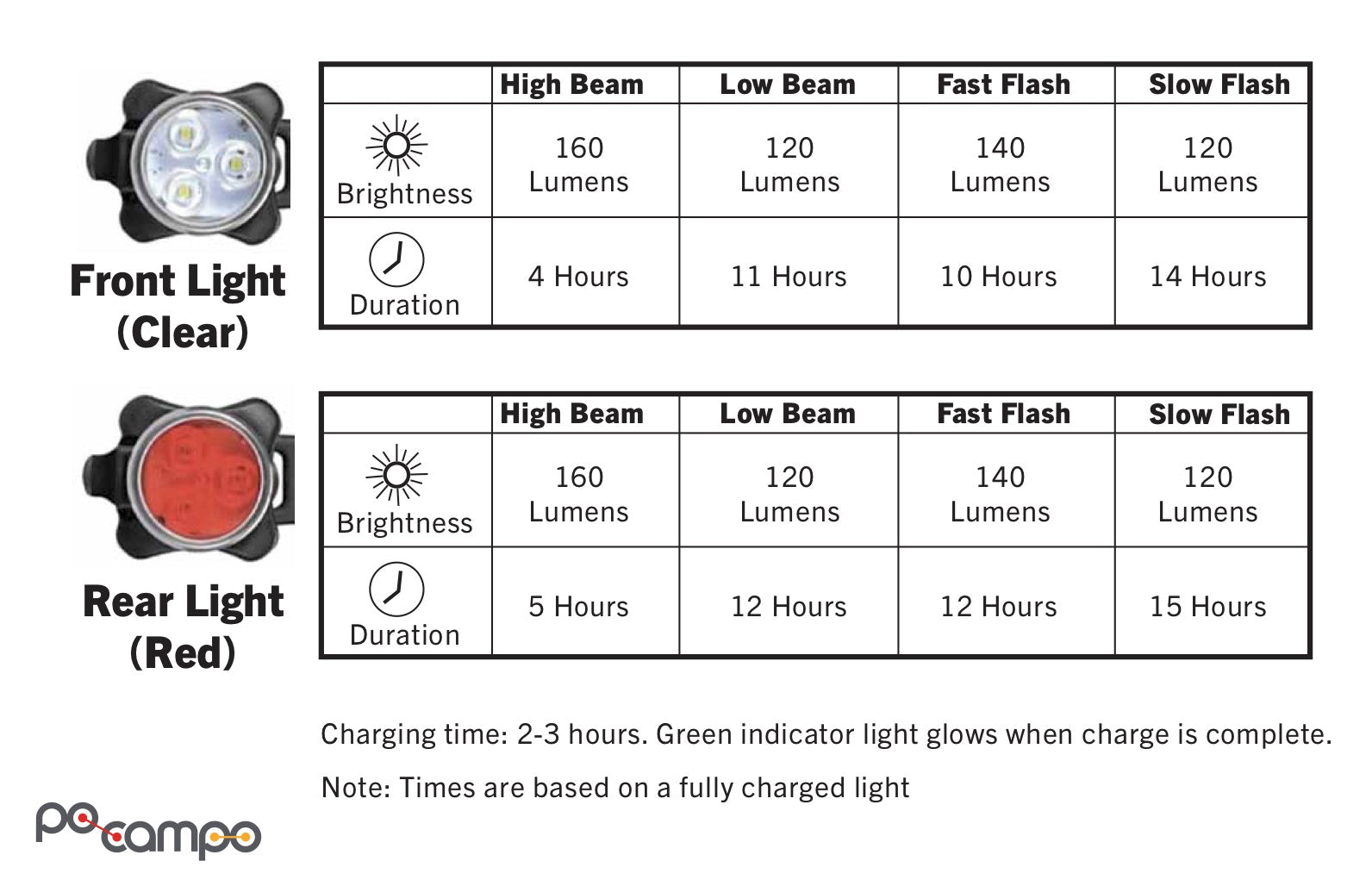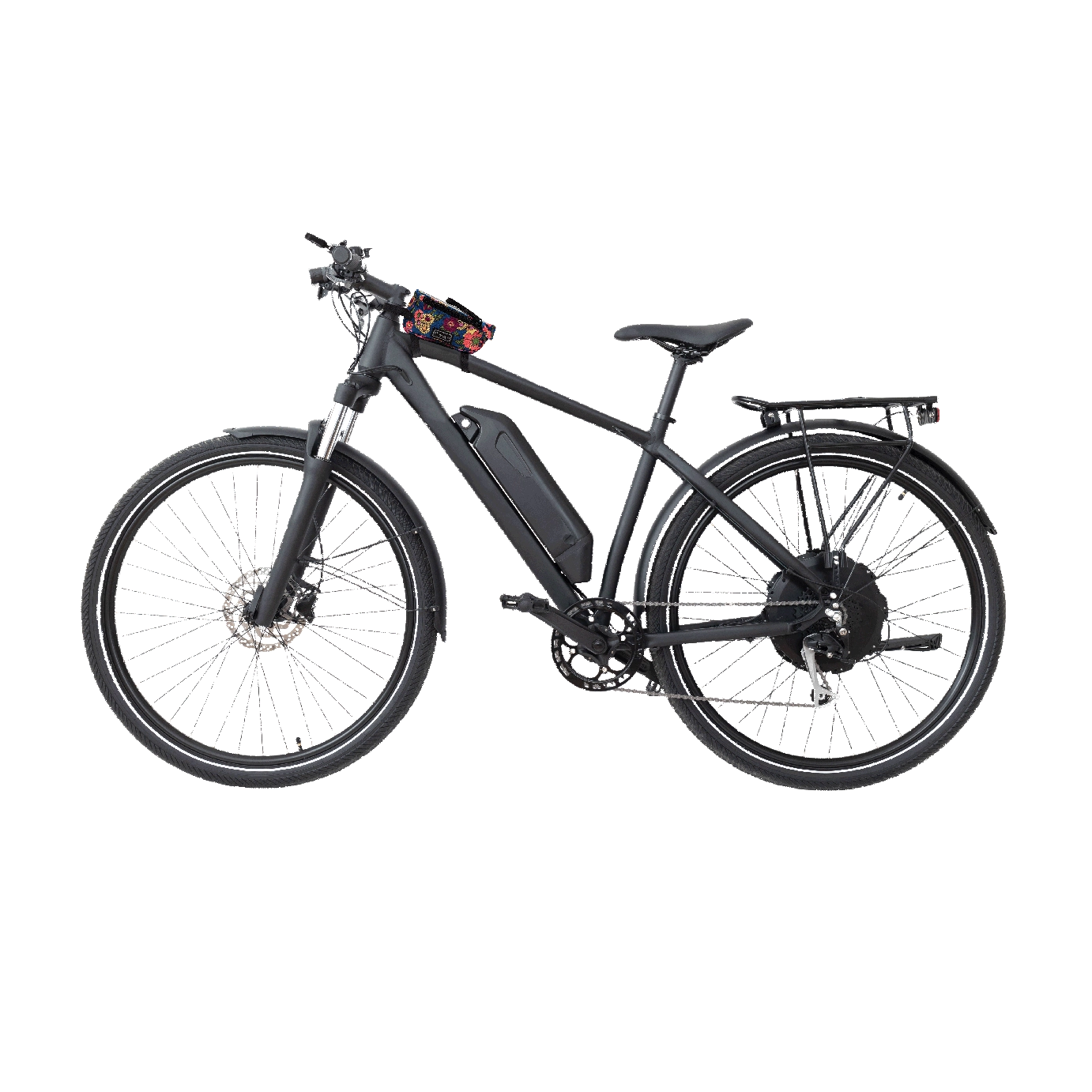The documentary Driving While Black opens with author Gretchen Sorin saying, “Mobility is essential to freedom.” I started Po Campo to help people experience the freedom of biking every day, so obviously this statement resonates with me. But the stories in this documentary reminded me how new modes of transportation, like the car, do not translate to equal mobility and freedom to all people. Why should we assume that e-bikes would be any different?
I’ve written a few blog posts about my excitement on the future of cities embracing sustainable transportation, like here and here; in this blog post, I want to recognize the racist history of urban planning and share some resources that will hopefully help us from repeating the horrific failures of the past.
Driving While Black trailer:
Revealing the Racist History of Urban Planning and Transportation Infrastructure
I admit that when I first heard someone describe America’s urban planning as racist, maybe five years ago, I was confused about what that meant. “How can a bike lane be racist?” I wondered, getting upset that my beloved bike lanes could be connected to a term that I diligently avoided. (Read more: Bike Lanes are White Lanes by Melody Hoffmann, or listen to this podcast episode with her.)
Since then, I’ve changed my relationship with the word “racist”. It’s not a word to stay away from, but to confront, and even embrace, in order to acknowledge and start to heal the gruesome disparities between the white and Black experience in America. Ignorance is bliss until it’s not: I was able to live 35+ years before beginning to learn how filtered my experience of living in America as a white person was, and it’s why I’m trying to be a sponge now. I welcome feedback on this post in the comments below, as there is always more to learn.
Here’s a recent example: I first heard historian Gretchen Sorin talk about her book Driving While Black in an interview on the War on Cars podcast last summer. She was talking about how public transportation and public spaces have historically been inhospitable, if not downright dangerous, to African-Americans, and how car ownership provided something of a transportation safe space to get around with dignity. It made me realize that when I declare cars to be over, or call out cars as bad for the environment, or for making us too sedentary, and tell people to “just ride a bike instead”, I am ignoring this piece of history. As we build our movement to change how we get around and rethink the design of our streets, it’s important to honor these experiences and not just pave over them (pun intended).
Maybe you’re aware of redlining in real estate, where neighborhoods were deemed less desirable if there were any residents of color living there, making it very difficult to build wealth the good old-fashioned American way – through property ownership – while simultaneously limiting options to move elsewhere. Maybe you’ve heard how the expansion of the national highway and freeway system, a symbol of the joy of the open road for white Americans, came at the cost of thriving Black communities that were demolished to make way for the overpasses. Or maybe you’ve considered how easy it is to draw a straight line from the vagrancy laws of the Jim Crow era to laws governing public spaces today, like sleeping outside or requiring helmets when biking, that only people of color seem to get punished for.
The examples go on and on. Is it any wonder that communities of color may be hesitant to embrace ideas put forth by white urban planners and bike advocates that promise will change the way they get around?
Where We Go From Here
Enough from me. At this point in this post, I will step aside to share the mic with some of the leading voices in the movement to bring anti-racism to urban planning. Get to know their work and follow them on Twitter (along with all of these people). Who would you add to this list? Please put your suggestions in the comments below.
Justin Garrett Moore
Justin is an architect and urbanist, heading the New York City Public Decision Commission, which oversees landscape architecture and permanent structures on city property. Architecture, like most (all?) design fields, is made up of mostly white professionals, resulting in a lack of deep understanding of the communities for which they are designing.
Fast Company’s article How Design Perpetuates Racial Inequality – And What We Can Do About It included several quotes from Justin Moore that speaks to this issue.
“The demographics of the design fields are improved from a few generations ago, but there are still very few people of color or from lower-income backgrounds in these fields or in the schools–and certainly there are few in the leadership, resource-allocating, and decision-making positions. This results in a missed opportunity to have the diversity of understanding, ideas, talent, and perspectives for the very important role that designers have in influencing the constant change of urban and built environments.”
Jay Pitter
Jay believes that places matter. She’s an award-winning placemaker whose practice mitigates growing divides in cities across North America. What distinguishes Jay is her multidisciplinary approach, located at the nexus of urban design and social equity, which translates community insights and aspirations into the built environment.

“Cities are becoming increasingly divided. Public spaces have the power to foster understanding, inspire meaningful community participation and ownership, and instill joy. Every park, market, street, and alleyway is a litmus test for belonging.”
Read Jay’s book Subdivided: City-Building in an Age of Hyper-Diversity and follow her @Jay_Pitter to learn about when she releases her next book
Tamika Butler
You may have read Tamika’s article in Bicycling magazine last summer, which deserved all the attention it received. They speak about not being able to separate their identity as queer Black woman from their identity as a cyclist, and how you can not talk about bikes without talking about race. Understanding the intersectionality of these issues helps us to approach them with a wider lens.
“Bicycling cannot solve systemic racism in the United States. But systemic racism can’t be fixed without tackling it within bicycling.” - Tamika Butler
I had the pleasure of meeting Tamika at the League of American Cyclist’s Bike Summit when they were the head of the Los Angeles County Bicycling Coalition (LACBC); now Tamika is an in demand consultant and speaker. Learn more about their work here.
Charles T. Brown
Charles T. Brown, MPA is a self-proclaimed “street level researcher,” working at the intersection of transportation, health, and equity, with significant experience in community engagement. In his own words:
“My own work, #ArrestedMobility, is aimed at highlighting this connection, given the promotion in many communities of policies such as Vision Zero, Crime Prevention Through Environmental Design (CPTED), and Safe Streets, which disproportionately increase the surveillance of BIPOC communities under the guise of “best practices.” Black and Brown transportation experts now challenge these practices because of BIPOC pain and distrust for law enforcement.” - Charles T. Brown

That quote was taken from his recent article in the Transportation issue of the Forecast Public Art, entitled Moving Beyond the Aesthetics and Pageantry of Equity and Inclusion in Transportation. Uniting public artists with transportation professionals is not just about visually enhancing the space, but about engaging the community on honoring and celebrating the meaning of these spaces.
Note: Charles will be speaking at the League of American Bicyclist’s upcoming National Bike Summit. Get a ticket here.
Conversations and Additional Resources
Conversations reveal deeper experiences and ideas. Hear these people (and others) talk with each other about these issues in these videos and podcasts:
- How do we respond to anti-Black racism in urbanist practices and conversations? This conversation hosted by the Canadian Urban Institute includes some of the leading thinkers in this space, including Jay Pitter, Tamika Butler, Orlando Bailey, Anthonia Ogundele, and Will Prosper
- The Emotional Labor of Participation: Tamika L. Butler and Justin Garrett Moore in Conversation
- Identifying and Addressing Barriers to Physical Activity in the Black Community panel discussion with Charles T. Brown, Tamika Butler, Veronica Davis, and more
While Black History Month is February, let’s commit to keeping Black History front and center all year long because #BlackLivesMatter.
This article was written by Po Campo founder, Maria Boustead.



 Image source
Image source


